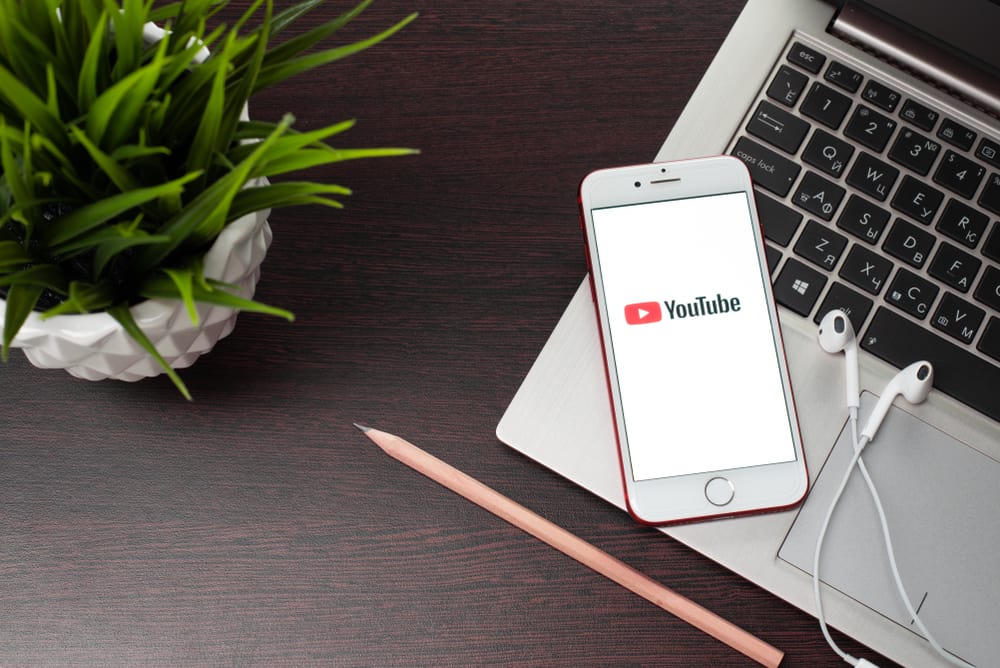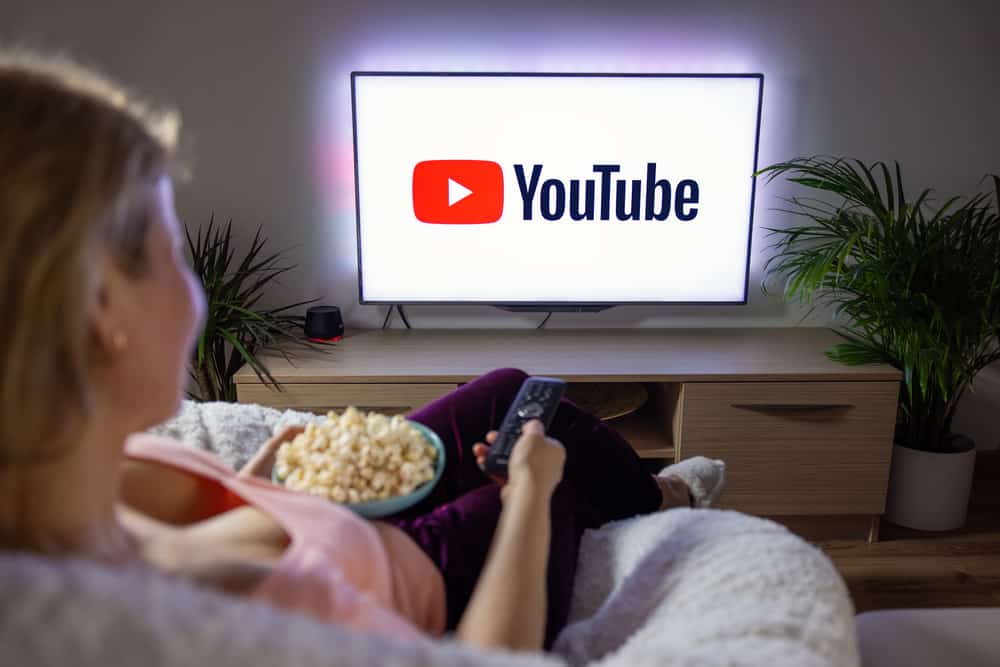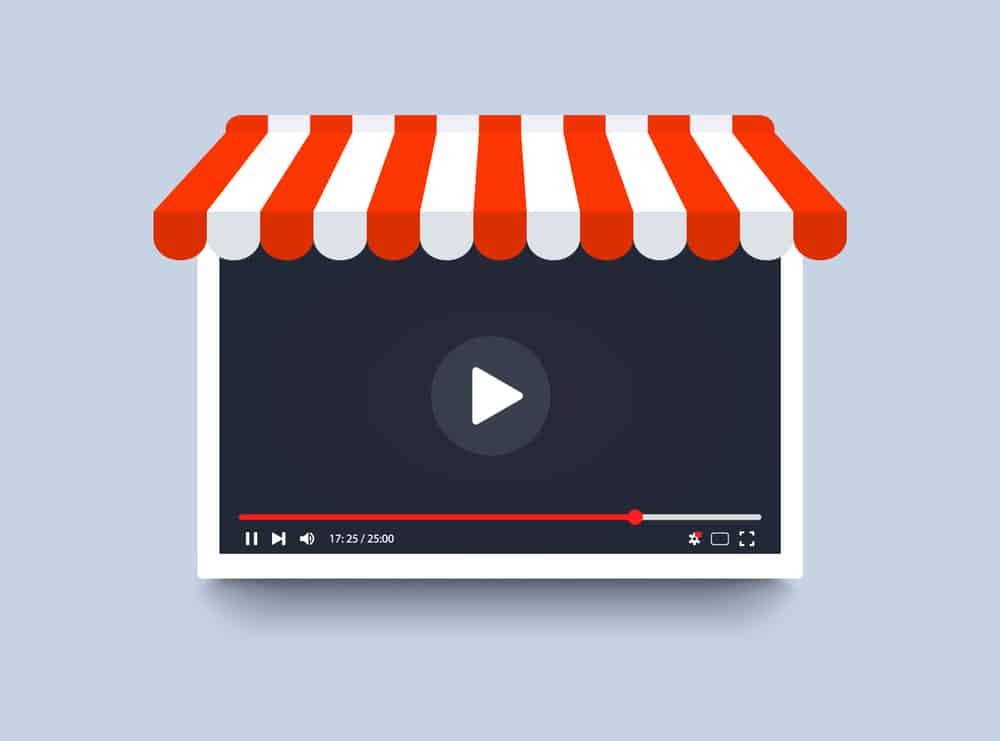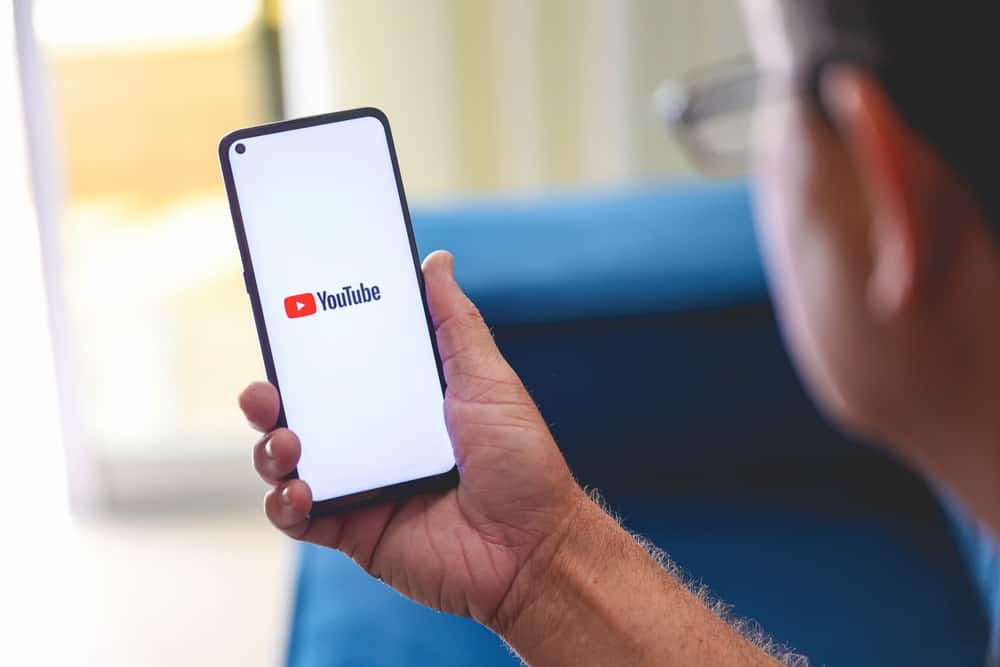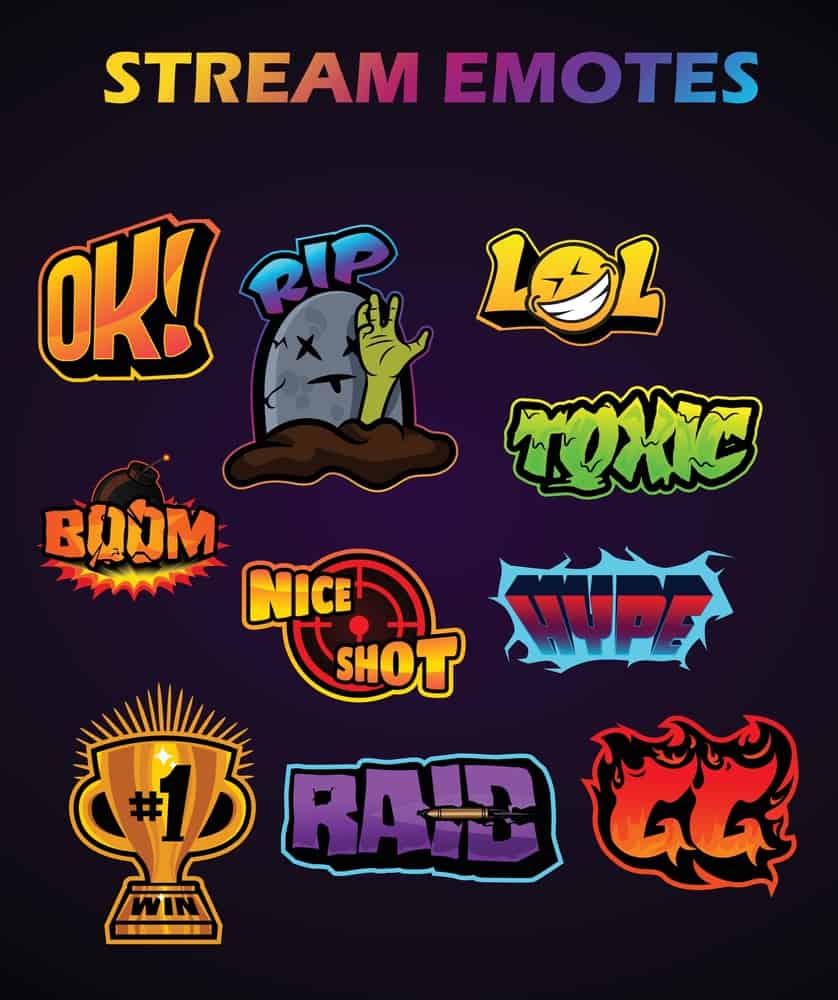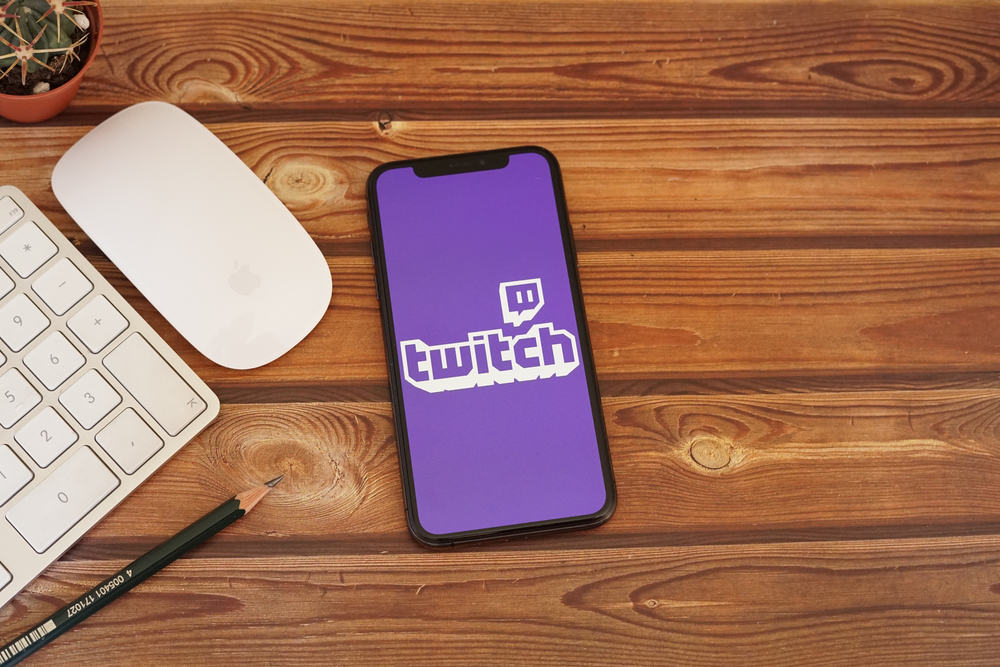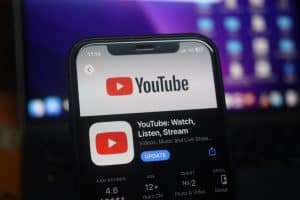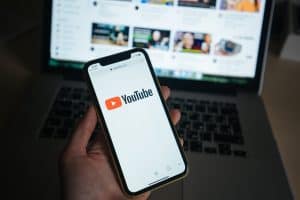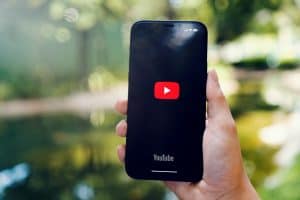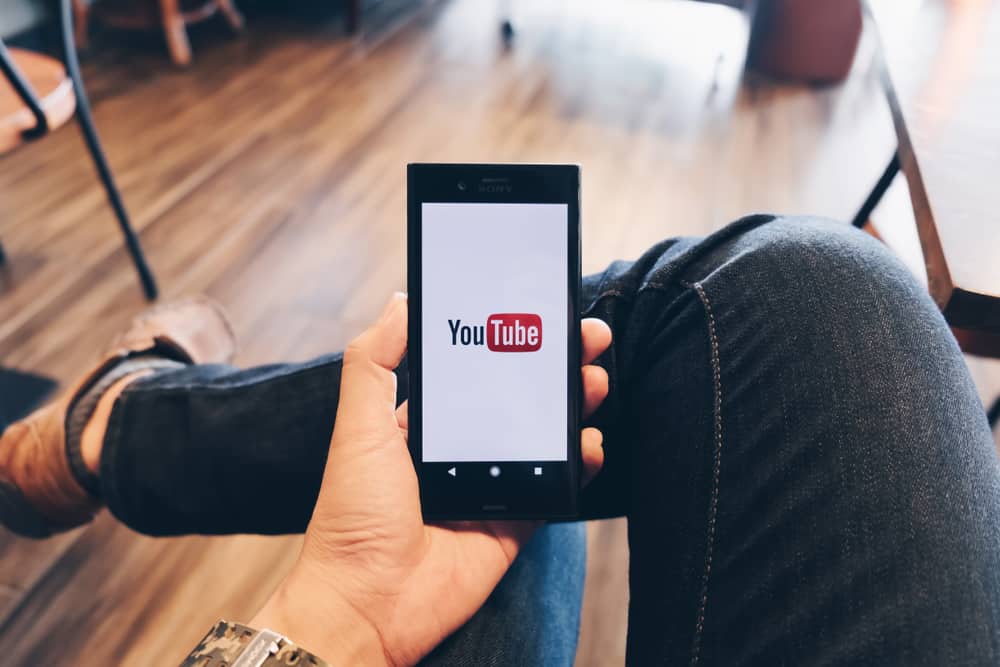
Even though several relatively new video-streaming apps offer similar content to that of YouTube, YouTube’s extensive resources and content diversification remains unmatched. It’s still the ultimate all-in-one app for comedy, movies, music, and other entertainment videos.
If you use YouTube regularly, you’ve likely encountered buffering or lagging, where the app takes a long to load videos. There are several reasons this could be happening.
The first is because of an unstable internet connection. Streaming on YouTube requires a proper internet connection to load without lagging. Another reason YouTube could be buffering is because of accumulated cache. An accumulated cache fills an app’s memory leaving it without enough bandwidth to function correctly.
This post explains why YouTube is buffering and offers potential fixes.
Overview of YouTube Buffering
Buffering is when a YouTube video pauses for several seconds between playing. Sometimes the video will continue playing after, but other times, it will stall and ask to reload.
Buffering can be frustrating, especially when it occurs regularly. There are various reasons for YouTube buffering. They range from internet connection issues to your device or the app itself.
Still, if you have the correct information, many buffering issues are easy to diagnose and fix. Next, we’ll cover the reasons for YouTube buffering and how to fix it.
Reasons YouTube Is Buffering
An Unstable Internet Connection
The main culprit of YouTube buffering issues is an unstable internet connection. Remember, videos can’t load properly when the connection is poor.
If you suspect your internet is unstable, disconnect the router from the power source for several minutes. After, turn it on and launch YouTube. Play a video and see if it buffers.
Accumulated Cache
Another reason for YouTube buffering is accumulated cache. A cache is the data fragments the app stores so you can access content quickly and conveniently.
For example, if you use YouTube to play a specific playlist regularly, your cache files will have a fragment of that data, so the app can locate it quickly anytime you use YouTube.
Even though cache is helpful in quickly accessing videos, it can accumulate and leave the app with less bandwidth to function correctly, leading to buffering and even random shutdowns.
Luckily, clearing the app cache is a quick process.
- Launch “Settings” on your phone.
- Click on “Apps” or “Manage Apps,” depending on the phone type.
- Click on “YouTube.” Alternatively, use the search button at the top to enter YouTube.
- Click “Storage” and then “Clear Cache.”
After clearing the cache, open the YouTube app and play a video. Note if the videos are loading smoothly without lagging.
Web Browser Issues
If you’re using YouTube on your PC, the buffering may be because of web browser issues. For example, your web browser could be outdated or have an ad-blocker interfering with the smooth loading of YouTube videos.
If you think an ad blocker add-on interferes with YouTube, deactivate it using the steps below.
- Open your web browser.
- Click on the three dots at the top-right corner of the screen.
- Hover over “Extensions” and select “Manage Extensions.”
- Find your ad block extension and slide the toggle to turn it off.
After that, re-launch YouTube and play a video to see if it works smoothly.
An outdated web browser may be the culprit if you don’t have ad blockers. You can quickly fix this by updating it. Follow the steps below to update your Google Chrome browser.
- Open your web browser.
- Click on the three vertical dots at the top-right edge of the screen.
- Hover your cursor over “Help” and select “About Google Chrome.”
- Click “Update.”
- Wait for the update download and installation to complete.
- Re-launch your web browser.
If you don’t see an update button, you’re likely using the latest web browser version. Meaning the web browser is not the cause of the buffering.
Wrong Browser Settings
Interfering with web browser settings can also lead to buffering issues when using YouTube on your PC. To check if you’ve adjusted your browser settings.
- Open your web browser.
- Click on the three dots at the top-right corner.
- Select “Settings” and then “Privacy and Security.”
- Scroll through the sub-menu options until you reach “Site Settings,” then click on it.
- The app should appear on the list if you recently changed YouTube settings. If not, find YouTube under “View permissions and data stored across sites.”
- To revert the settings, click on the drop-down arrow next to YouTube.
- Scroll down to “JavaScript” and click on it to open a menu.
- Select “Allow.”
After, go back to the YouTube web page and play a video. If your settings were the reason for buffering, the video should stream without issues.
You’re Streaming High-Quality Videos
Suppose your internet connection is slower than usual, but you still want to stream on YouTube. In that case, changing your video resolution can fix the buffering.
Buffering can sometimes happen because you’re streaming videos on 720p or 1080p with a poor connection. Luckily, there’s a quick solution for this.
- Launch YouTube on your web browser.
- Open the video you want to watch.
- Click the pause icon.
- Click the gear settings icon on the toolbar at the bottom of the video window.
- Click Quality.
- Select a lower resolution, for example, 420p.
- Play the video again and see if it buffers.
Summary
The leading cause of YouTube buffering is an unstable internet connection. If you suspect your connection is poor, unplug the router, then wait a few minutes to plug it in.
If the connection is still unstable, but you want to watch something on YouTube, try lowering the video resolution. Other reasons for YouTube buffering include web browser issues like wrong settings or ad blocker extensions.
